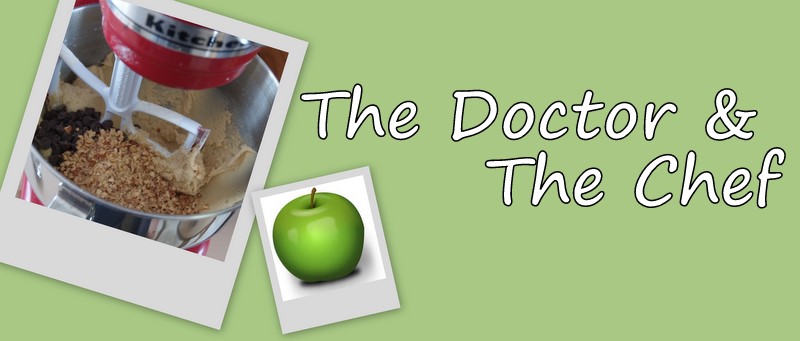
Whether they are single remedies like arnica montana (for trauma and bruising) and Apis mellifica (bee stings) or combination formulas for colds, flus, and teething infants, homeopathics are an indispensable part of my medicine cabinet. They stimulate healing, have no side effects, no drug interactions, and are safe for ALL ages.

ESSENTIAL OILS
I have a small collection of essential oils that I like to have on hand. Lemon is a natural disinfectant (I like to add 10 drops to my kitchen soap, a few drops in the garbage disposal when it's smelly, or a few drops in a sinkfull of water to wash produce!. I keep peppermint in the car (it's great for motion sickness--just hold it in front of the vent in the car!). I apply lavender topically when I burn myself cooking (I try not to, but it happens from time to time...). I also love some of my blends for immune boosting and stomach upsets.

TEMPLE THERMOMETER
I LOVE this (and I use it at my clinic as well)! Just hold it on your temple and you have an accurate temperature reading in 6 seconds--an absolute must have if you have an infant. And it's handy for older kids and adults too.

ALOE VERA & NATURAL INSECT REPELLANT
We're pretty outdoorsy at my house and these two items get quite a bit of use In the summertime. I'm not a fan of sunscreen so inevitably we get a few sunburns early in the summer before we've soaked up enough vitamin D and have a good base tan going. Aloe is great for soothing burns: store it in the fridge or even freeze it into cubes for even more relief! Most commercially available bug sprays are horribly toxic so we use essential oil-based ones at our house. Taking extra B vitamins and eating lots of garlic also makes you less appealing to bloodthirsty insects!

I'm not a fan of castor oil internally (my midwife threatened me with it when I was overdue with my first baby so I went into labor rather than having to drink it ;). But used topically it is truly awesome. Used on the abdomen, it stimulates detox, aids digestion, and reduces inflammation (see here for instructions for use). The antiinflammatory benefit of castor oil also makes it a great choice for sprains and strains. Sprained ankle? Wrap with a piece of flannel saturated with castor oil under your ACE bandage to reduce swelling and speed your healing. It's great for carpal tunnel syndrome as well.


TEA, HONEY & GINGER
I always have an assortment of Traditional Medicinals teas in my cupboard. They have formulas for everything from menstrual cramps to coughs. While they may not be the most potent herbals out there, I love them for their convenience and accessibility. I usually fortify all their immune formulas by adding honey (see my post about honey's health benefits) and fresh ginger root (ginger aids digestion and has warming effects that help boost immune cell function).
And my absolute favorite thing in my home health toolbox...?

WOOL SOCKS!
Wool socks are the key ingredient in the amazing, magical hydrotherapy treatment that is warming socks! Warming socks are a wonderful way to boost your immune system. Worn for 3 nights in a row at the earliest sign of a challenge to your immune system, warming socks can knock out that cold and flu before it has a chance to incapacitate you. And they are great for kids too! For instructions on how to do warming socks, go here!
So, there you have it (though I guess I didn't cover dog bites, did I?). I hope you find this helpful--and timely too as these items make great stocking stuffers and holiday gifts!
Stay healthy everyone!
Dr. Crystal




























